NASA searches for first to land on Mars
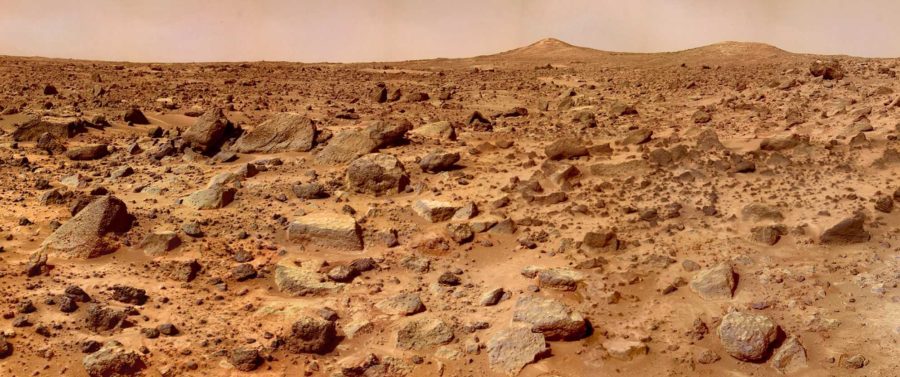
On November 5, 2015, NASA announced that it is looking to hire new astronauts for its “Journey to Mars” mission. NASA began accepting applications on Dec. 14, 2015 for the next set of manned missions that include being sent off to an asteroid by 2025. However, not just anyone can sign-up.
A stringent set of requirements must be met to qualify consideration. “This next group of American space explorers will inspire the Mars generation to reach for new heights, and help us realize the goal of putting boot prints on the Red Planet. Those selected for this service will fly on U.S. made spacecrafts from American soil, advance critical science and research aboard the International Space Station, and help push the boundaries of technology in the proving ground of deep space,” said NASA administrator Charles Bolden.
President Barack Obama predicted that there will be a manned mission to Mars in the near future. “By the mid-2030’s, I believe we can send humans to orbit Mars and return them safely to Earth. And a landing on Mars will follow. And I expect to be around to see it,” Obama said in a major space policy speech at the Kennedy Space Center on April 15, 2010. And now NASA has confirmed its plan to send humans to Mars and possibly start to colonize the planet if the mission is successful.
NASA has been preparing for this mission since 2010 when the NASA Authorization Act and the U.S. National Space Policy were issued. Since then, scientists have already released the prototype suit for the Mars mission after 233,431 total votes were cast by the public to choose between the two design options for the suit. In the end, the “Technology” option won NASA’s Z-2 Spacesuit design challenge with just over 63% of the total vote.
However, NASA does not look like it will be the first to send humans to Mars. The Dutch non-profit Mars One has already proposed their plan to send and colonize on Mars by the 2020’s, with an ultimate goal of establishing a permanent settlement on the red planet. Mars One claimed to have had over 200,000 people sign-up to be sent into space, a list which it has now narrowed down to 100 applicants.
“I’m excited for the space discoveries during these journeys in space. I always wondered what life would be like on Mars,” said David Griffis, junior. “I believe that successfully colonizing different planets might be the way to be able to preserve humanity and all other life forms that live on Earth.”

Hello. My name is Tony Thai. I am a senior here at Cam High and this is my second year writing for the Stinger. On most days, I like to run away from my...

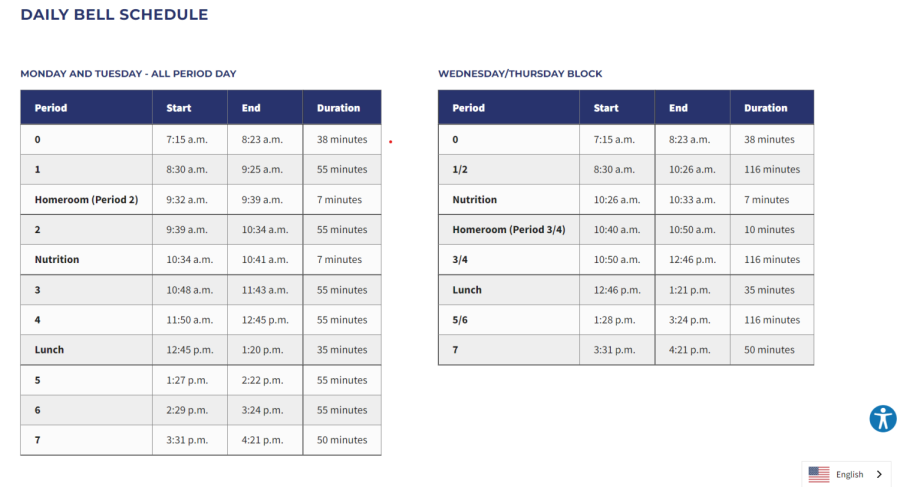









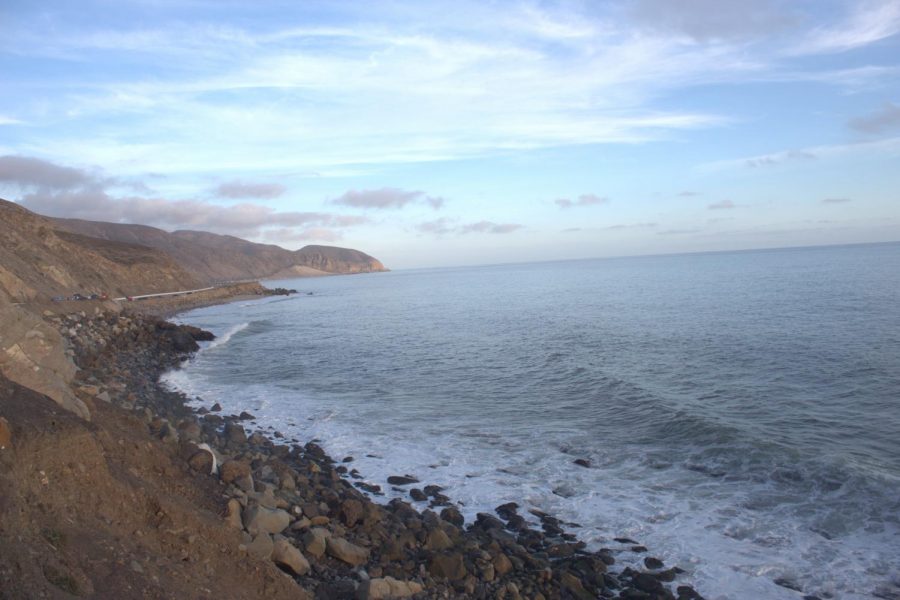




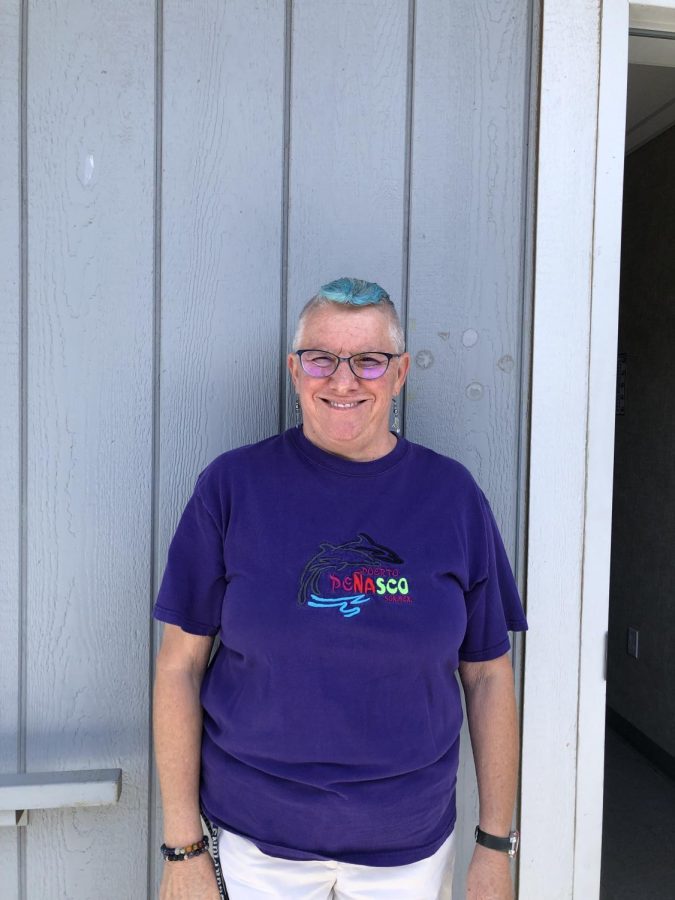



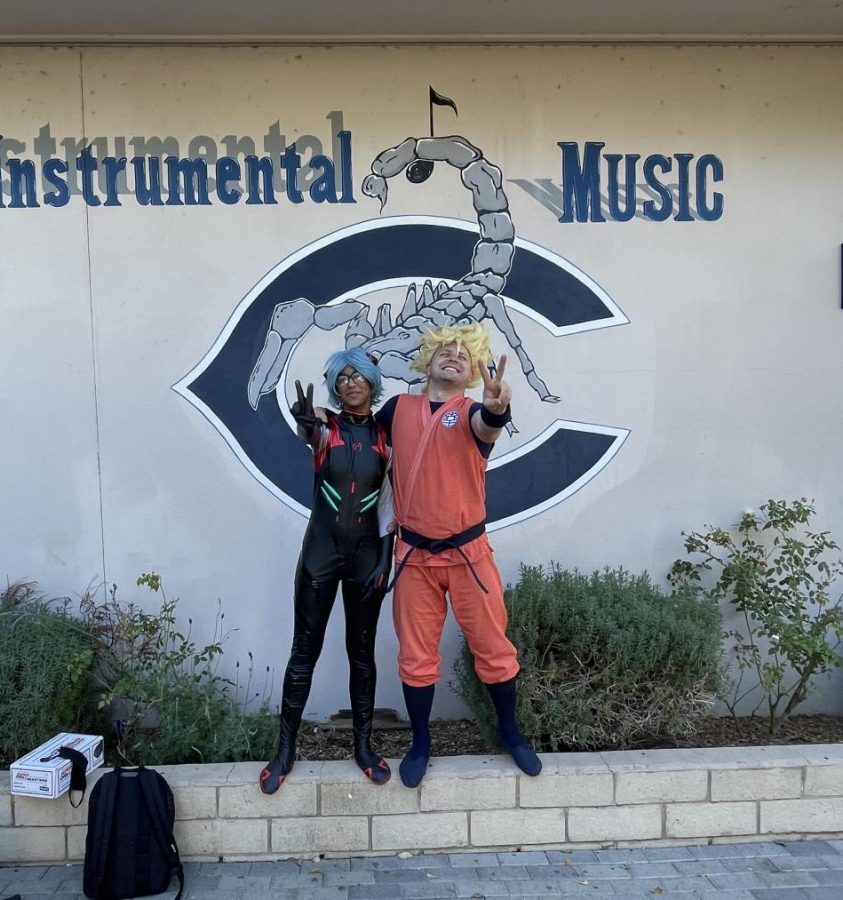






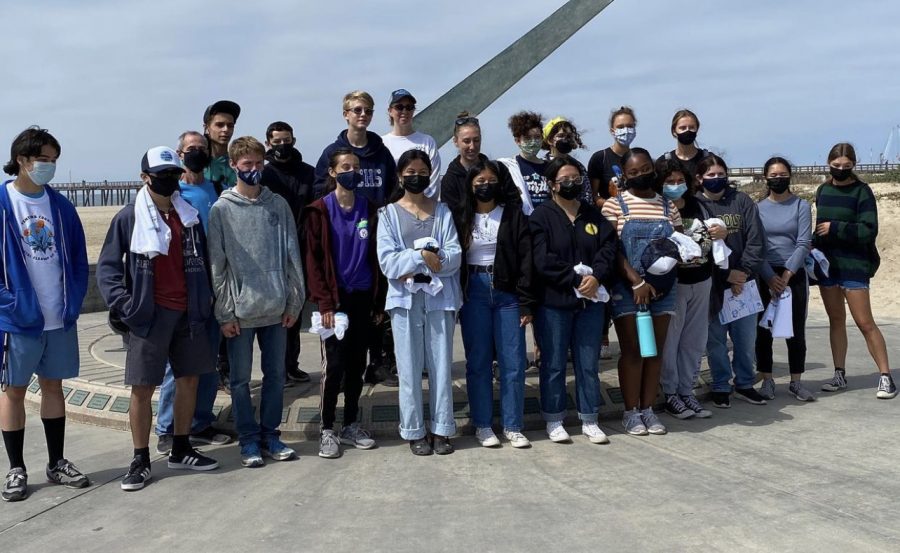













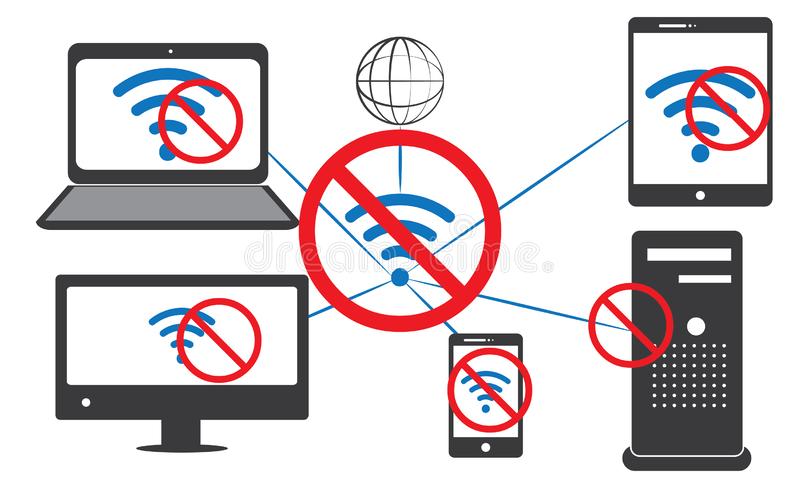





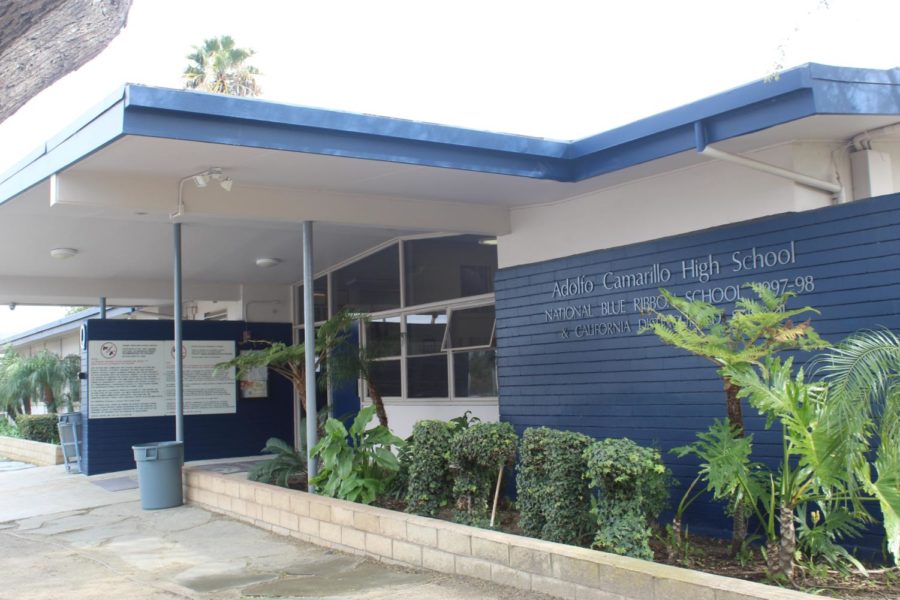


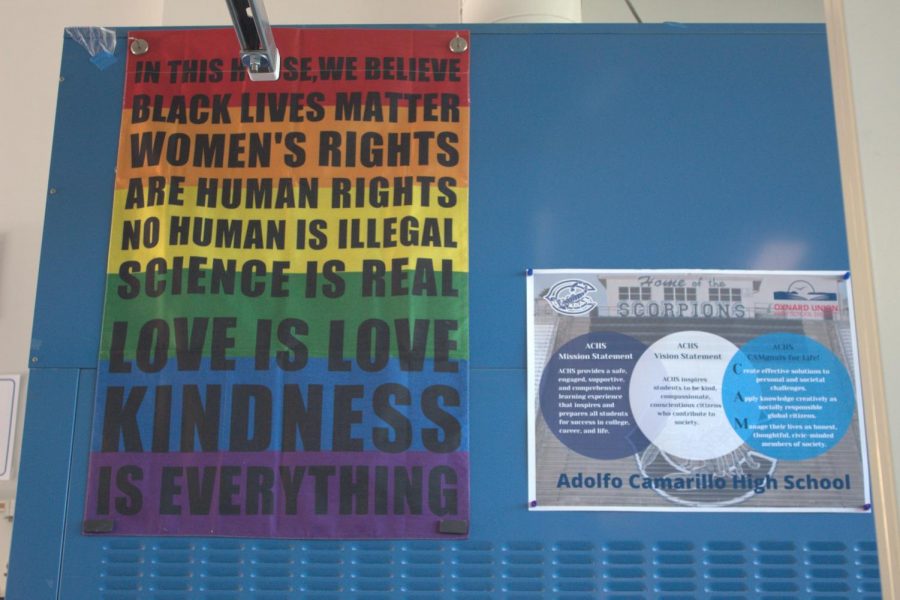












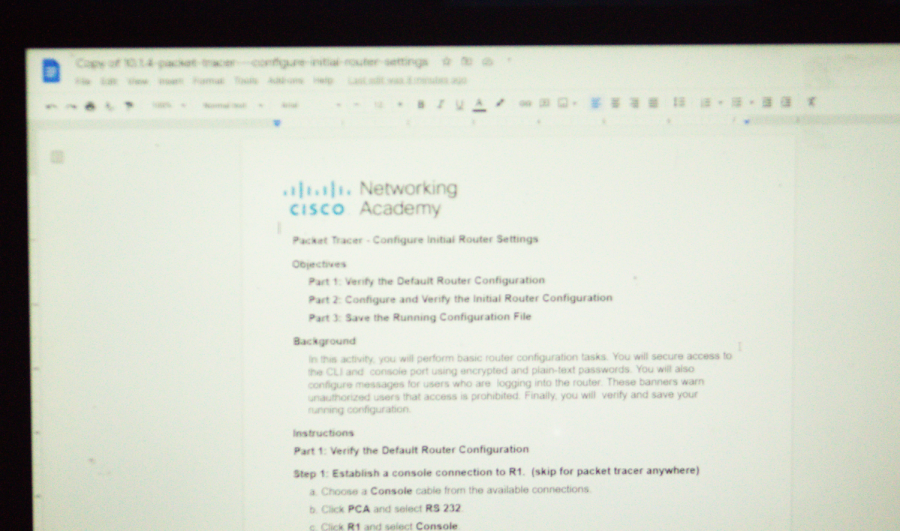










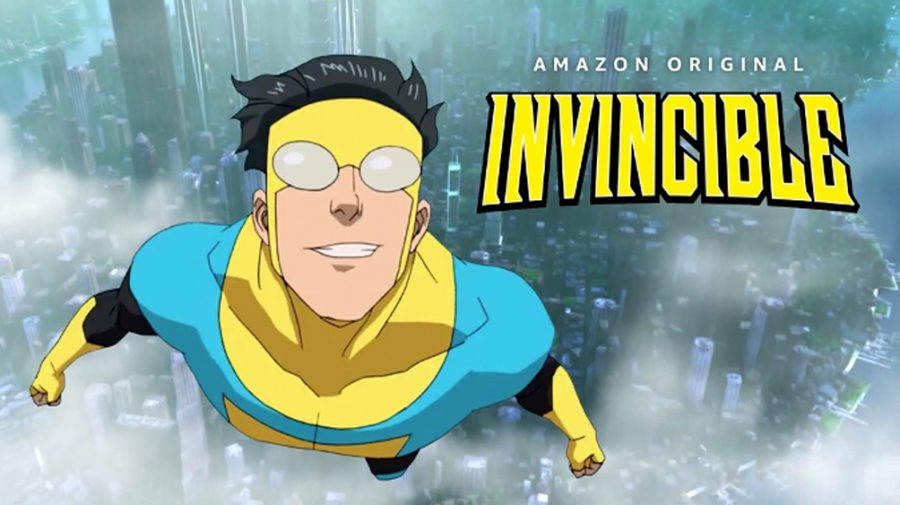






![Senior Ditch Day... Relaxation or Truancy? [Video]](https://achsstinger.com/wp-content/uploads/2017/10/IMG_7119-900x599.jpg)
![Heavy Rain Hits Cam High [video]](https://achsstinger.com/wp-content/uploads/2017/02/maxresdefault-900x506.jpg)


